Guaranteed Delivery
by Mother’s Day
on orders placed through May 2
Guaranteed Delivery by Mother’s Day
on orders placed through May 2
on orders placed through May 2
on orders placed through May 2
SAVE 15% OFF your order
(Use code LOVE)
FREE SHIPPING when you spend $100 (Continental US Only)
FREE 9″ Beech Bowl when you spend $150 (Use code SPRING)
SAVE 15% on all orders (Use code LOVE)
FREE SHIPPING when you spend $100 (Continental US Only)
FREE 9″ Beech Bowl when you spend $150 (Use code SPRING)
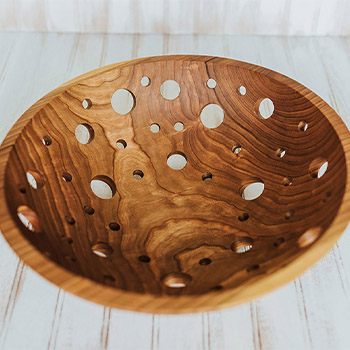
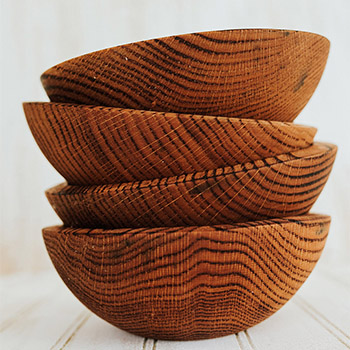
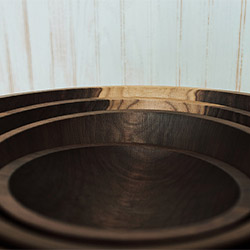
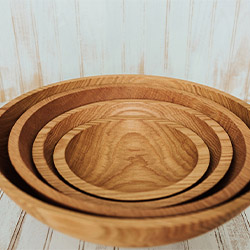
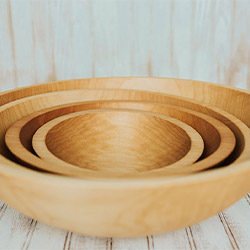
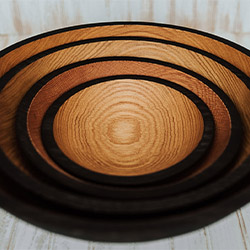
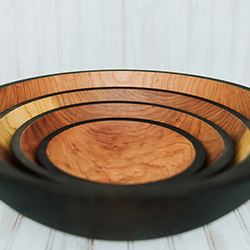
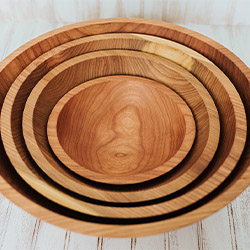
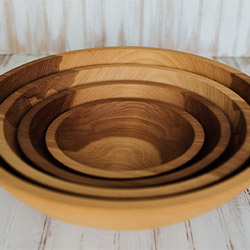
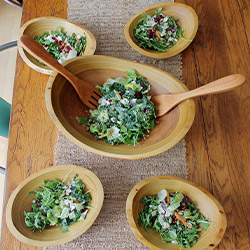

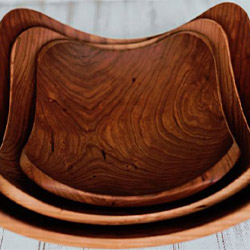
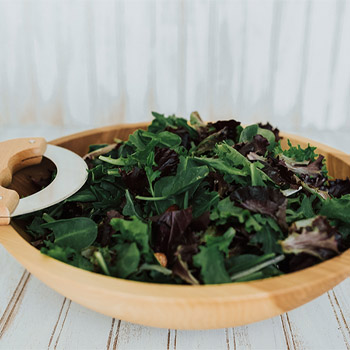

Share

Looking for the best wood for your kitchen utensils?
You might be surprised to learn that not all woods are created equal when it comes to food safety. Some woods can actually leach harmful substances into your food, while others are naturally resistant to bacteria and safe for culinary use.
So, which woods should you be using in your kitchen? Stick around to discover the top food-safe woods for kitchen utensils that will keep your cooking and serving experience safe and enjoyable.
Maple wood is a popular choice for kitchen utensils due to its durability, fine grain, and resistance to moisture. The durability of maple wood makes it an excellent choice for kitchen utensils that are frequently used and washed. The wood is strong and can withstand the pressures of daily use without splintering or cracking, providing long-lasting reliability. Its grain pattern is fine and consistent, making it not only visually appealing but also smooth to the touch, enhancing the user experience. This fine grain pattern also means that maple wood is less likely to harbor bacteria, making it a hygienic choice for kitchen utensils.
In addition to its durability and fine grain pattern, maple wood’s natural resistance to moisture makes it an ideal material for kitchen utensils. The wood’s closed-grain structure minimizes the absorption of water, reducing the likelihood of warping or cracking when exposed to moisture. This resistance to moisture also makes maple wood less susceptible to bacterial growth, further enhancing its suitability for kitchen use.
When you choose maple wood utensils for your kitchen, you’re investing in reliable, long-lasting tools that offer both functionality and visual appeal. The durability, fine grain pattern, and moisture resistance of maple wood make it a top choice for those looking for high-quality, food-safe kitchen utensils that will stand the test of time.
If you seek a wood that shares durability and resistance to moisture similar to maple, cherry wood for kitchen utensils is a compelling choice due to its robust nature and natural water-repelling properties. Cherry wood possesses a fine, straight grain with a smooth texture, making it an excellent option for crafting kitchen tools. Its rich, reddish-brown color and lustrous finish add an aesthetic appeal to your culinary instruments. In terms of hardness, cherry wood falls within the medium range, offering a good balance between strength and workability, allowing for precise shaping and carving.
Cherry wood is readily available, making it a practical choice for crafting kitchen utensils. It’s commonly used in furniture making and woodworking, and its availability in various sizes and forms makes it accessible for artisans and craftsmen. When properly seasoned and finished, cherry wood exhibits remarkable durability, ensuring that your kitchen utensils will withstand the rigors of everyday use. Moreover, its natural resistance to moisture and decay makes it an ideal material for food-related applications.
In addition to its physical properties, cherry wood is also valued for its appealing scent, which adds a pleasant aroma to your kitchen. The natural oils in cherry wood contribute to its resistance to bacteria and fungi, further enhancing its suitability for kitchen utensils. With its combination of strength, workability, availability, and natural properties, cherry wood stands as a top choice for crafting high-quality, food-safe kitchen utensils.
When considering suitable woods for crafting kitchen utensils, walnut stands out as an excellent choice due to its strength, rich color, and natural resistance to moisture and decay. Walnut wood characteristics make it a preferred option for kitchen utensils. Its hardness and durability ensure that utensils crafted from walnut are long-lasting and resistant to wear and tear, making it ideal for daily use in the kitchen. The rich, dark color of walnut wood adds a touch of elegance to the utensils, making them aesthetically pleasing in addition to being functional.
Walnut wood carving techniques require precision and expertise due to the wood’s hardness. When carving walnut wood for kitchen utensils, it’s essential to use sharp tools and work slowly and carefully to achieve the desired shape and smooth finish. The fine grains of walnut wood allow for intricate detailing, making it possible to create beautifully carved and ergonomic kitchen utensils. Its natural resistance to moisture and decay also means that utensils carved from walnut are less prone to cracking or warping when exposed to water and varying temperatures in the kitchen.
Crafting kitchen utensils from beech offers a different set of advantages compared to walnut, with its distinct grain pattern and moderate hardness making it suitable for a variety of utensil designs. Beechwood, known for its fine, even texture, and pale cream color, is an excellent choice for kitchen utensils due to its natural antibacterial properties. This makes it a safe and hygienic option for food contact surfaces. Beechwood is also less prone to splintering, which enhances its durability for long-term use in the kitchen.
In terms of properties, beech wood is a medium-density hardwood, making it sturdy enough to withstand the rigors of daily use while being relatively easy to work with. Its moderate hardness allows for intricate designs without compromising the utensil’s structural integrity. When it comes to utensil care, it’s important to hand wash beech wood utensils and avoid prolonged soaking to prevent warping or cracking. Additionally, periodic oiling with food-safe mineral oil helps maintain the wood’s natural luster and prolongs its lifespan.
In comparison to maple, another popular wood choice for kitchen utensils, beech wood offers similar durability and resistance to moisture. However, in terms of sustainability, beech wood is more readily available and often sourced from responsibly managed forests. This makes it a preferred option for those who value eco-friendly and sustainable choices in their kitchenware.
Teak wood is renowned for its exceptional durability and natural resistance to moisture, making it an excellent choice for crafting high-quality kitchen utensils. When considering teak for your kitchen, it’s essential to understand its sustainability, as well as how to properly care for teak utensils.
Incorporating teak utensils into your kitchen not only provides durable and moisture-resistant tools but also aligns with sustainable choices for a greener environment. By understanding teak’s sustainability and implementing proper care techniques, you can enjoy the benefits of these high-quality utensils while contributing to a more eco-conscious lifestyle.
When choosing wood for kitchen utensils, it’s important to consider food safety.
Maple, cherry, walnut, beech, and teak are all excellent choices due to their non-toxic and non-reactive properties.
These woods are durable, resistant to moisture and bacteria, and have been used in food preparation for centuries.
By selecting one of these food-safe woods, you can ensure the safety and quality of your kitchen utensils.
All Holland Bowl Mill bowls come with a lifetime guarantee. If your bowl ever cracks or warps from regular use, Holland Bowl Mill will replace it with a new one of similar size and finish. Never let water stand in a wood bowl for a long period of time and never clean wood bowls or any wood product in the dishwasher. Holland Bowl Mill recommends using water and a small amount of mild soap to clean your wood products, then hand dry.
No appointment needed if group is under 10.
For larger groups, call 616-396-6513 to schedule your tour.
© 2023 Holland Bowl Mill